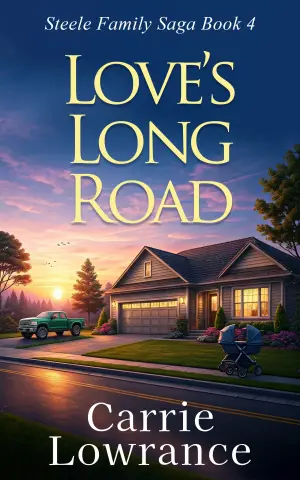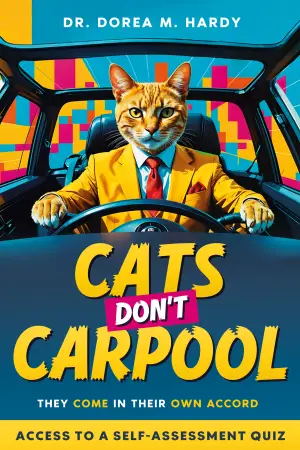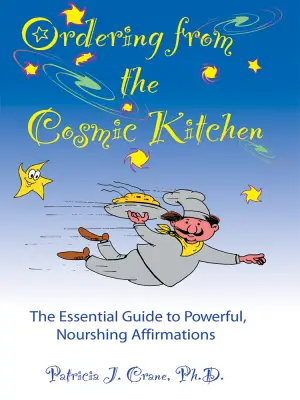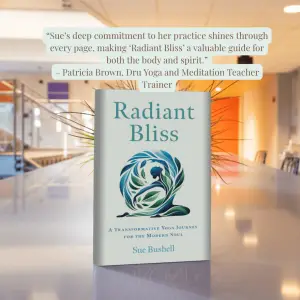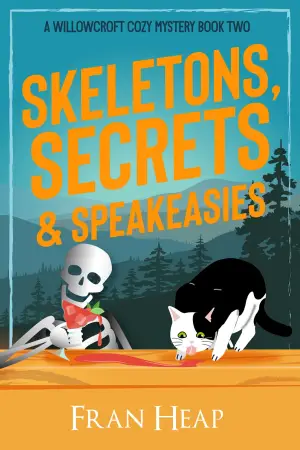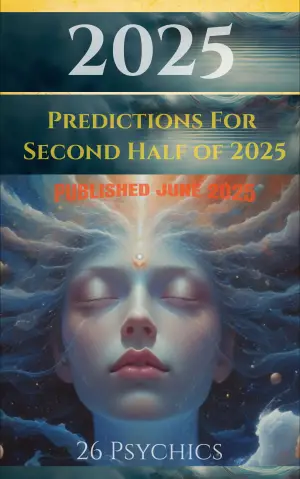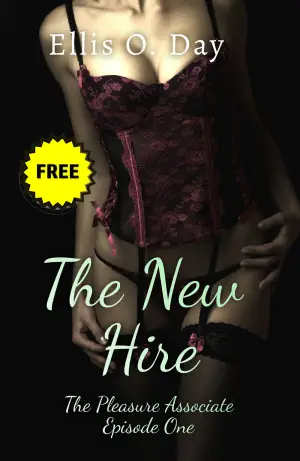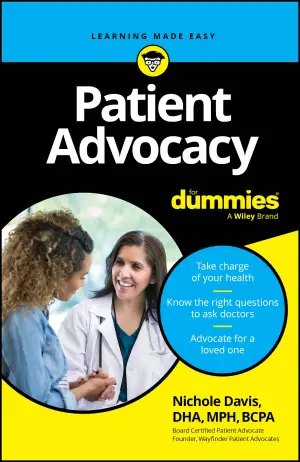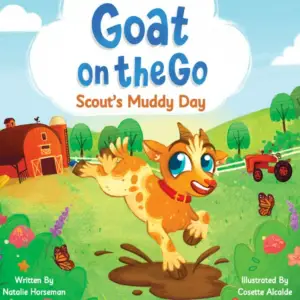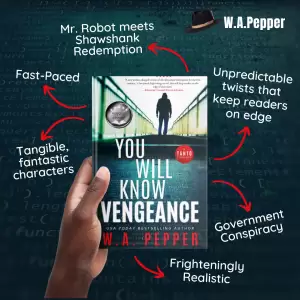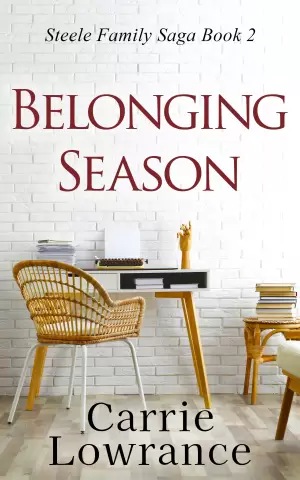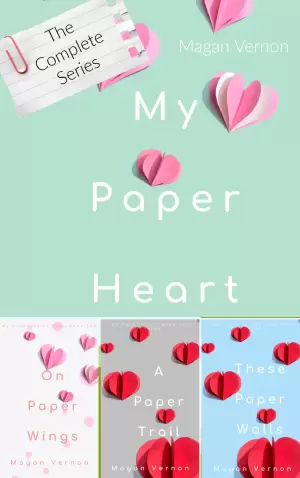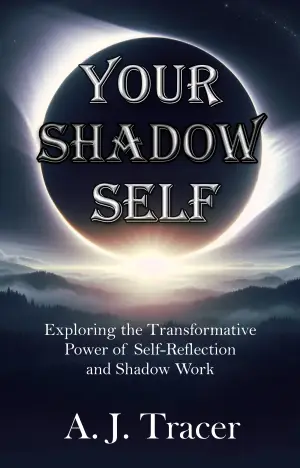I was lucky enough to be invited by Templar to review and take part in the blog tour for Kirsty Murray’s book India Dark. I got to ask Kirsty some questions about the real Lilliputian’s, her characters and touring India.
1) India Dark is based on a true story. Can you tell us some more about what exactly happened to the Pollard’s Lilliputian Opera Company in 1910?
Pollard’s Lilliputian Opera Company was a famous children’s theatre troupe that toured the world from the 1880s. The original 1880 troupe was mostly made up of the eighteen children of a Tasmanian music teacher, James Pollard. As his children grew older he began employing other children, getting custody of them and taking them on tour. By the turn of the 20th Century several of the original Pollard children had formed troupes of their own. The manager of the troupe would gain custody of an assortment of talented young singers and dancers and then take them on world tours. Because there were so many versions of the Pollard troupes, sifting through the stories was very complicated but I always knew that I would focus on the last tour that was managed by the original 1880 ‘Baby Pollard’. In 1909, with 29 children in tow, thirty-six year old Arthur/Baby Pollard set off on a two year world tour that ended in disaster. On a hot February night in Madras, South India twenty-four of the children aged between seven and seventeen years of age went on strike. They walked out on Arthur, refusing to work with him ever again. It caused an international scandal.
2) The characters in India Dark are all based on real members of the theatre troupe. How much of their individual stories actually took place in real life?
I think fiction is one of the most powerful ways of telling the truth about real life. To reconstruct the adventures of Poesy Swift and Tilly Sweetrick, I took the cast list of the original troupe and carefully reinvented all the children as fictitious characters, matching their ages and roles in the troupe with their real life counterpart. As to personality and character traits, I had to imagine what they might have been like drawing on only scraps of evidence. Eliza Finton and Arthur Perceval are probably closest to their fictitious counterparts – Irene Findlay and Arthur Pollard. I managed to track some of the children’s life trajectories but they were all dead by the time I began work on the novel and many of them had left very confusing or meagre trails behind to mark their life journeys. I found a torn out page from one girl’s scrapbook in a performing arts museum. Playbills, shipping lists and other evidence to help me piece together the journey. There are also plenty of newspaper reports that cover the court case in which the children were eventually embroiled. While I was in South India I also gained accessed to court records. I’m sure the real life characters would tell different versions of the events but what made the story so interesting is that everyone in the troupe told their friends, family and the newspapers a different version of what transpired. Truth really is stranger than fiction – or at least it’s more confusing.
3) One of the aspects I found most interesting while reading India Dark, was how differently Posey and Tilly viewed the same events. Posey is quite a naive narrator throughout a lot of the book. What made you decide to tell half the story through her eyes?
When I first started working on the book, I knew I wanted a thirteen-year-old girl to be the principal narrator. Poesy’s naivety was important because as the adventure unfolded she was going to have to become much more worldly. But as I researched the story I began to realize that there are so many ways that you could interpret the truth of what happened that I needed to consider other perspectives. At one stage I tried writing the novel from multiple points of view. When you read the newspaper reports, there are so many angry and differing versions of the truth that I knew I needed to present at least more than one. Once I started writing from Tilly’s perspective as well as Poesy, the story became much more vivid and intriguing. Tilly allowed me to explore a slightly darker and more powerful version of the events.
4) In the book, Posey embellishes her story when asked about Mr Arthur. Do you think the real Lilliputian’s might have exaggerated when testifying in 1910?
In the High Court judge’s summing up of the 1910 court case he referred to some of the evidence given by the girls as “not credible”. The judge stated some of the girls were simply carried away and fabricated and exaggerated some of the stories about Pollard’s misbehaviour. I suspect he was right. Although Arthur’s behaviour was often cruel and disgusting he was a complex character – not a total monster. The accusations made on both sides were incredible and when you read the court reportage many of the children’s (and adults) statements contradict each other. Truth and lies were central to the story.
5) I know you did a lot of research for the book. What was it like traveling through India and tracing your character’s steps?
Modern India has changed dramatically in a century. I had to do a lot of imaginative excavation to envision India 1910. It’s such a rich and vibrant country that it would be easy to be overwhelmed by the details and the throb and hustle of contemporary India. Trying to see it through the eyes of a child made it a richer experience and also helped me find my way into the heart of the novel.
6) Do you think you will ever revisit some of these characters again? Say, Charlie’s story after the Lilliputian’s?
That is such a cool question. Of all the Lilliputian’s, Charlie is the character whose story I’d most like to follow further. In order to work out what the popular theatres and touring routes were of early 20th century performers, I read memoirs of magicians. The magicians wrote detailed descriptions of performing in India, China and south east Asia from the beginning of the 20th Century through to the outbreak of WWII. One magician wrote about performing in a theatre in Shanghai to an audience of White Russians, Chinese and Europeans when the Japanese stormed the theatre and shot some of the performers. I imagine Charlie’s future would have been full of amazing moments like that.
7) India Dark is full of a great mixture of characters, but I think Charlie and Tilly were my favourites. Is there a certain character you really connected to whilst writing India Dark?
I love Tilly and Charlie too – they were actually very easy characters to construct but I don’t think they are my favourites. Although Poesy behaves badly I felt a huge amount of empathy for her as a character. Arthur, Eliza and Lionel were difficult personalities but also fascinating. Compromised characters – the ones that try to behave well but fail – can be maddening and readers often dislike them because they feel they can’t be trusted but they are also the most human and the ones that teach us the most about real life.
8) What would you say is the hardest thing about writing historical fiction?
The hardest thing? Knowing when to stop researching and start writing. Knowing when to put down your pen and go back to your research. When you write historical fiction you have to strike a balance between conveying accurate factual information and creating a vivid, exciting fiction.
9) What advice would you give to aspiring authors, particularly those who are inspired by real historical events?
Read. Read widely and boldly. Read history, philosophy, science and poetry as well as fiction. Discover your nearest library and your state or national library and spend time browsing and daydreaming. Make friends with librarians and archivists. And write.
10) Finally, could you name three YA books you think everyone should read?
That’s a tough one. There are so many great books out there. I don’t believe in narrowing your options but if I had to pick three of my favourite 2011 releases (I know, I’m cheating here) they’d be: 1. The Dead I Know by Scot Gardner. 2. Graffiti Moon by Catherine Crowley 3. Only Ever Always by Penni Russon. I don’t know if those titles are available in the UK yet – they’re all by Australian authors.


